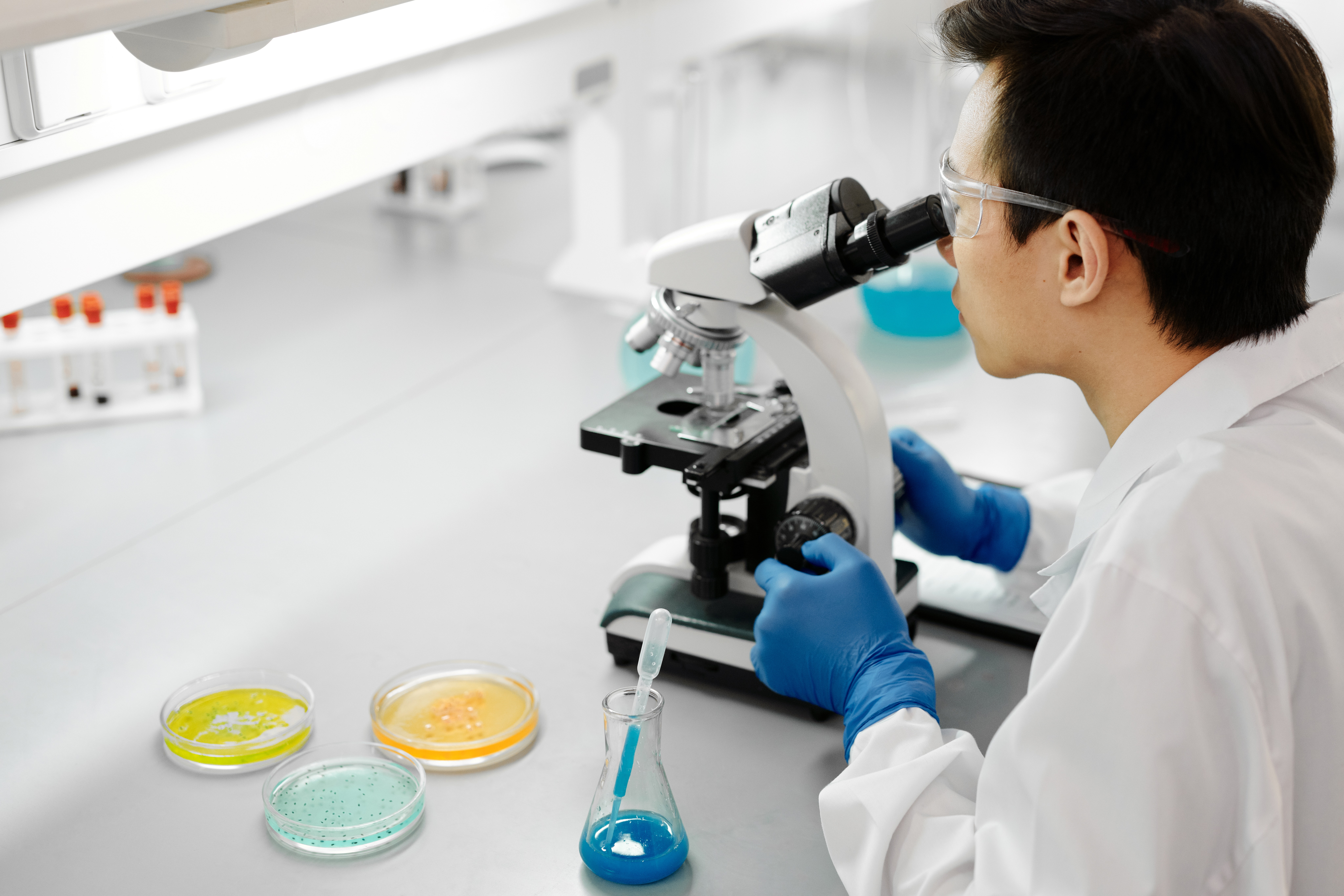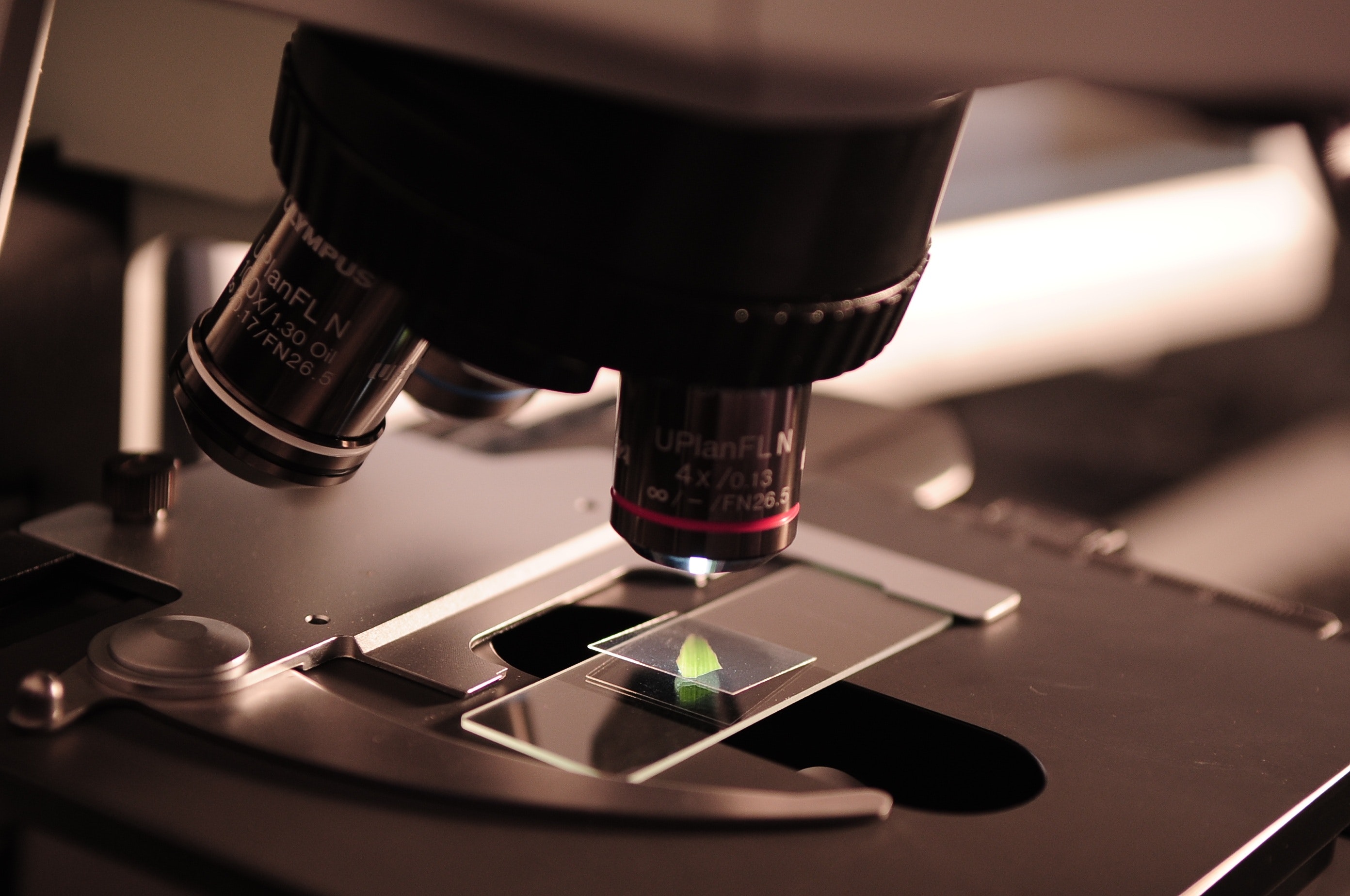Spectroscopic techniques allow us to gain insight into the structure of a compound, which is essential for pharmaceutical research and development. By utilizing these methods, scientists can identify unknown compounds, measure the concentration of compounds in mixtures, and confirm the purity of compounds among many other things. Let's take a look at some of the most commonly used spectroscopic techniques in pharmaceutics.
UV-Vis Spectroscopy
Ultraviolet-visible (UV-Vis) spectroscopy is one of the most common analytical techniques in pharmaceuticals. This method utilizes light with wavelengths from 200 to 800 nanometers to identify molecules known as chromophores or molecules that absorb ultraviolet or visible light. UV-Vis spectroscopy is used to quantify various components in drugs, determine the drug’s stability, and measure its concentration levels. Additionally, it can be used to monitor drug decomposition reactions by measuring how the sample absorbs light at different wavelengths over time.
NMR Spectroscopy
Nuclear magnetic resonance (NMR) spectroscopy is another powerful analytical tool that uses magnetic fields and radiofrequency pulses to observe changes in nuclear spins within a molecule’s atoms. The NMR spectrum reveals information about a molecular structure such as molecular weight, molecular geometry, and chemical shifts which can help scientists understand a drug’s reactivity and predict its behavior when interacting with other molecules. Furthermore, NMR spectroscopy can be used for quantification purposes like determining the number of active ingredients present in a drug mixture or used for quality control purposes like monitoring impurity levels found in pharmaceutical samples.
Infrared Spectroscopy
Infrared (IR) spectroscopy measures vibrational frequencies within an atom’s bonds which allows scientists to identify functional groups present within a molecule or compound and also analyze their structures. IR spectra provide information on molecular displacement, bond strength, dipole moment directionality, and more which are all crucial pieces of data needed for pharmaceutical development projects. The results obtained from this technique are often compared against reference libraries containing thousands of previously recorded IR spectra so that researchers can accurately compare their findings with previous results quickly and easily.
In conclusion, there are many types of spectroscopic techniques available today but UV-vis, NMR, and infrared are some of the most commonly utilized ones when it comes to pharmaceutical research and development projects due to their accuracy and ease of use relative to other methods available on the market today. These methods allow us to gain valuable insights into compounds' structures which helps us better understand their behavior when interacting with other substances as well as optimize their production processes for improved efficacy. Ultimately these techniques provide vital information that is essential for any successful pharmaceutics project regardless if it involves developing new drugs or improving existing ones!






